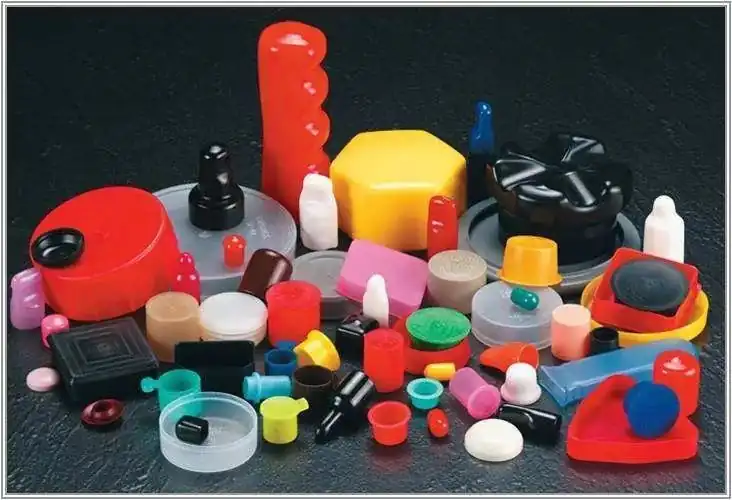Physical properties:
Appearance: white loose powder
Density: 2.8-3.0 g/cm³
Melting point: above 600°C
Solubility: insoluble in water, soluble in acid and ammonium salt solutions
Chemical properties:
Alkalinity: Basic magnesium carbonate is weakly alkaline, and its aqueous solution is weakly alkaline, with a pH value of approximately 9-10.
Reaction with acid: Basic magnesium carbonate undergoes a metathesis reaction with an acid that is more acidic than carbonic acid to generate salt and carbon dioxide.
Thermal decomposition: Basic magnesium carbonate will decompose into magnesium oxide and carbon dioxide at high temperatures.
Preparation
1. Bitterian-pure alkali method uses bitter halogen or salt halogen and pure alkali as raw materials. Add bitter halogen to the reactor, and then add soda to continuous stirring. After the response is completed, vacuum filtration is performed, and then centrifugal dehydration is performed. Finally, it is separated by centrifugal separation, drying, shattering, screening and packaging.
2. After mixing with Magnesium Magnesium (MGCO3) and coke, baked magnesium oxide, and the CO2 was passed in its solution to obtain magnesium bicarbonate. After filtering, the heating filtration liquid obtained alkaline carbonate to precipitate. Or use the white cloudstone (MGCO3 · CACO3) as the raw material, which is obtained and refined. You can also dissolve the equal amount of magnesium sulfate and sodium crystal sodium carbonate in water, heat it to fully mixing, and generate precipitation while generating the CO2 gas, filter out the precipitation, and refine the income.
3. Solk the industrial magnesium chloride in hot water and make about 11%of the aqueous solution. According to the iron ion content in the raw materials, add an appropriate amount of ammonia water with an appropriate amount of density of 0.91 (remove the FE ion) Insoluble objects, spare. In addition, the industrial sodium carbonate is dissolved in the hot water into about 14%of the aqueous solution, adds a small amount of 40%sodium hydroxide and heated to the boiling. After the static clarification, the filtrate, heat it to 60 ° C, add it slowly to the above to the above In the magnesium chloride solution, the reaction was reacted until the alkali -type magnesium carbonate was completely precipitated. After filtering, the precipitation was washed several times with cold water, and the centrifugal was dried.
Applications

1. It is mainly used as a fillers and reinforcement agent of transparent or light -colored rubber products, and it can enhance the abrasion resistance of rubber, bending and stretching strength. It can also be used as additives for paint, graphite and coatings, and can also be used for industries such as toothpaste, medicine and cosmetics.

2. Flour treatment agent, gluemid sugar basic agent, alkaline agent, desiccant, color protective, antidote, puff agent and acidity regulator. It can be used for dining tables with salt, sugar powder, acidified cream, milk, ice cream, and biscuits. my country’s regulations can be used as flour treatment agents, with a maximum usage of 5.0g/kg; the maximum usage of 1.5g/kg in flour is 1.5g/kg.

3. For magnesium salt preparation, pharmaceutical industry and filtering clarification liquid. Used as armal insulation material, rubber and special glass ingredients.

4. It is an excellent filling and replenish agent of rubber products. The reinforcement effect is better than calcium carbonate and pottery. Its refractive index is similar to natural rubber, so it is suitable for manufacturing transparent or translucent products, such as tapes, rubber wires, sports and sanitary products, adhesive tubes, rubber pipes, etc. Used for dendrite adhesives can replace light magnesium oxide and improve the transparency of the glue. It is also used to manufacture magnesium salt, magnesium oxide, fireproof coatings, ink, ceramics, glass, toothpaste, refreshing powder, repair ointment, etc. Pharmaceuticals are used as a acid solution. It is also commonly used as desiccant, filter medium, anti -knot agent and heat -resistant, high temperature and fire insulation materials.

